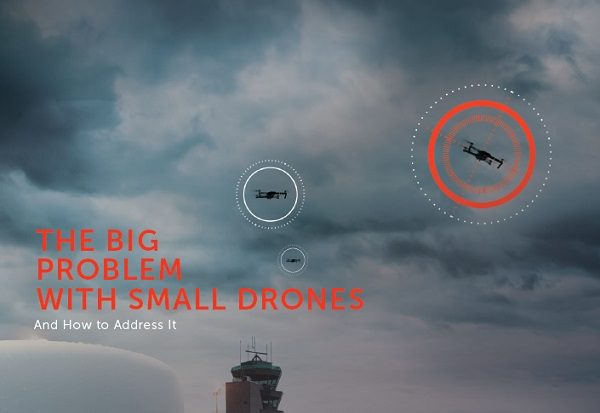Whitepapers
The Big Problem with Small Drones
KEY TAKE AWAYS
- Exponential growth in small Unmanned Aerial Systems (sUAS) is creating new risks for governments.
- State and non-state actors are increasingly employing military- and consumer-grade sUAS to attack personnel, facilities and critical infrastructure.
- Governments must employ a multi-layered approach to counter sUAS and keep pace with emerging threats.
- Counter-sUAS solutions must be cost effective, leveraging existing technologies through common electronic architectures and standard interfaces to ensure rapid integration of hardware and software upgrades.
- Solutions must be modular, interoperable and multi-domain; easily transportable; and capable of detecting swarms and operating in contested environments.
AN EMERGING THREAT
On 17 January, a swarm of small Unmanned Aerial Systems (sUAS) and ballistic missiles attacked critical infrastructure in the United Arab Emirates killing three civilians and causing extensive damage to property.
This complex attack- responsibility for which was claimed by the Houthi Movement in Yemen- saw multiple sUAS successfully destroy three oil refueling vehicles at an Abu Dhabi National Oil Company facility and damage an area of Abu Dhabi’s International Airport.
As one of the most high-profile sUAS incidents since the 2019 attack on the world’s largest oil processing facility at Abqaiq, Saudi Arabia, this particular incursion highlighted an emerging and rapidly evolving threat facing armed forces who must protect personnel and assets from malign sUAS, both at home and abroad.
As described in the U.S. Department of Defense (DoD) Counter-sUAS (C-sUAS) Strategy, published January 7, 2021, an “exponential” growth in sUAS around the world has created “new risks” for armed forces, no matter where they may be operating.
As the strategy warned: “Technology trends are dramatically transforming legitimate applications of sUAS while simultaneously making them increasingly capable weapons in the hands of state actors, non-state actors and criminals.”
Highlighting improving levels in performance, reliability and survivability of sUAS, the strategy described how low-cost systems could perform military-type missions and conduct novel offensive and defensive operations not traditionally associated with the platform type.
“Both state and non-state actors are increasingly employing purpose-built military and consumer-grade sUAS to attack a range of targets including leadership, military facilities and forces, and critical infrastructure.
Publisher's website.
SHARE:

About the Provider






